Once dismissed as humble fare for the working class or desperate pantry staples, these once-modest foods have undergone a jaw-dropping transformation. Once served in prison cafeterias, fishing docks, or farmhouse kitchens, they’re now taking center stage in Michelin-starred restaurants and luxury dining rooms. The shift from “poor man’s meal” to gourmet status symbol proves that with time, technique, and a little rebranding, even the most unassuming dishes can earn a spot among the culinary elite. Whether it’s lobster on fine china or ramen reimagined with truffle oil, these 10 foods are the ultimate glow-up stories in the food world.
1. Lobster

Prisoners once rioted over being fed too much lobster! In colonial America, these sea creatures were so abundant they washed up on shores in piles. Considered the ‘cockroaches of the sea,’ lobster was fed to inmates, servants, and the poorest citizens.
Massachusetts even had laws limiting how often you could serve lobster to prisoners because it was deemed cruel punishment. Fast forward to today, and lobster appears on the fanciest menus with price tags that would shock our ancestors.
The sweet, tender meat is now celebrated in butter-drenched lobster rolls and elegant bisques, completely shedding its humble origins.
2. Oysters
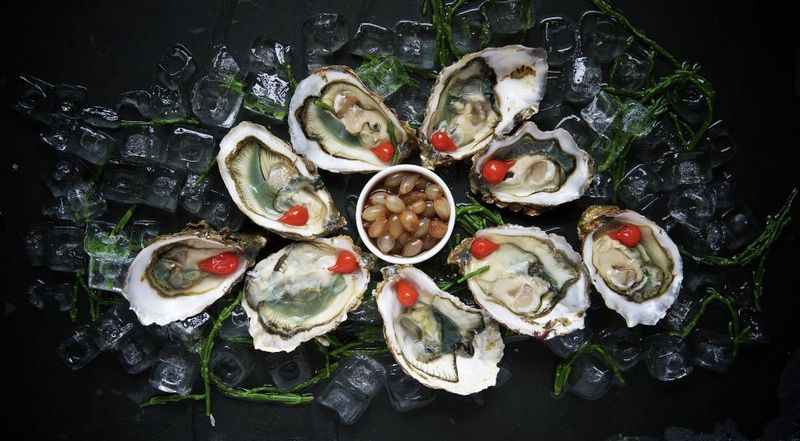
Street vendors once sold oysters from carts for pennies throughout New York and London. These briny bivalves were so common in the 19th century that they were stuffed into pies, stews, and sold as cheap protein for laborers who needed quick nourishment.
Working-class taverns offered all-you-can-eat oysters with the purchase of a drink. The massive harvesting nearly wiped out native oyster populations, turning this once-abundant food into a rarity.
Today, oyster bars feature varieties from around the world, served on beds of ice with mignonette sauce and paired with champagne – a far cry from their humble beginnings as everyday fare.
3. Escargot
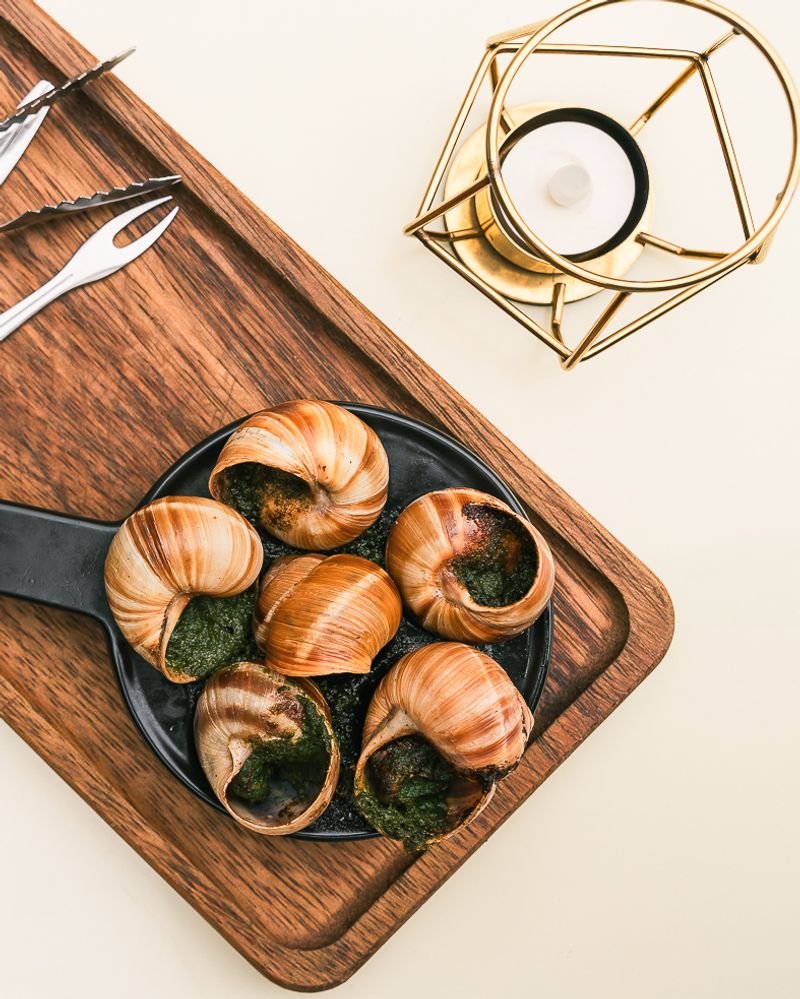
Who first looked at garden snails and thought ‘dinner’? Rural Europeans, especially during hard times! Snails provided free protein that could be gathered from gardens and fields when meat was scarce or unaffordable.
Peasants across France, Italy, and Spain collected these mollusks as a means of survival. The transformation began when French chefs elevated this humble protein by drowning it in garlic butter, herbs, and serving it in special dimpled plates.
Modern restaurants charge hefty prices for escargot, with diners using special tongs and forks to extract the morsels from their shells – turning what was once survival food into a sophisticated appetizer that screams culinary adventure.
4. Caviar
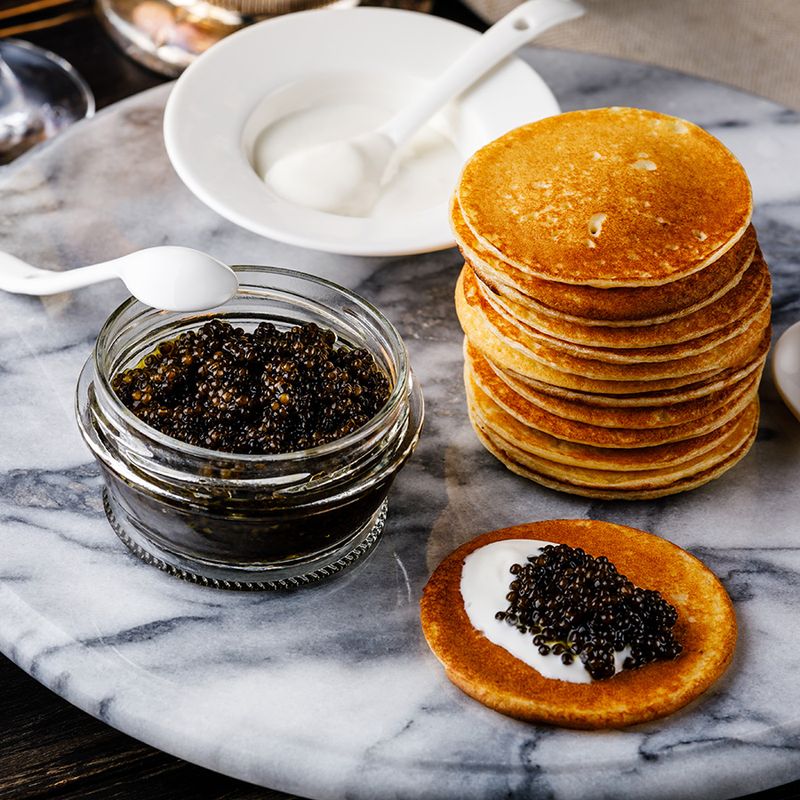
Believe it or not, caviar was once given away FREE in American saloons! These salt-cured fish eggs were so plentiful in the 19th century that bars served them like peanuts today – as salty snacks to make customers thirsty and order more drinks.
Russian and European immigrants to America were shocked to find sturgeon roe treated so casually when it was already gaining prestige in their homelands. Overfishing of sturgeon eventually made these eggs scarce.
Modern caviar service involves mother-of-pearl spoons (metal affects the taste), blini pancakes, and chilled vodka. A small tin of premium Beluga caviar can cost hundreds or even thousands of dollars – a stunning reversal for what was once bar food!
5. Bone Broth

Grandmothers worldwide knew the secret of simmering bones to make nourishing broth. Nothing went to waste in traditional kitchens – bones from Sunday’s roast became Monday’s soup base in a perfect example of frugal cooking.
This practical approach to stretching ingredients was necessity-driven cooking at its finest. Families would keep a pot going continuously, adding scraps and bones as available.
Today, this humble liquid has been rebranded as a superfood. Wellness influencers promote bone broth for gut health, joint support, and glowing skin. Specialty shops sell it for $10 a cup, while bone broth cleanses and subscriptions services have turned grandmother’s thrifty cooking into a luxury wellness product.
6. Polenta
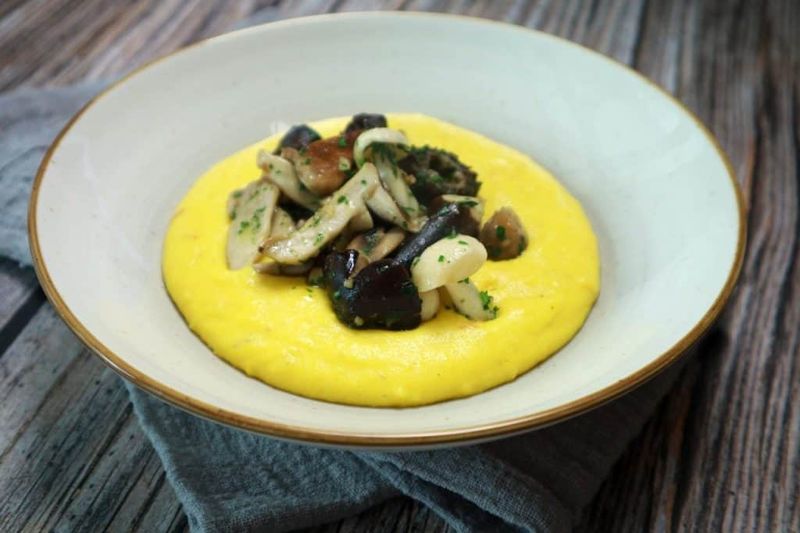
Northern Italian farmers filled their bellies with this simple cornmeal mush for centuries. Affordable, filling, and requiring just cornmeal, water, and salt, polenta was the definition of peasant food – often eaten directly off wooden boards in the center of the table.
Families would gather around, each person using their spoon to carve out a portion from the communal spread. As the meal cooled, it solidified, creating distinct portions.
Contemporary chefs have reimagined this humble dish by adding expensive cheeses, wild mushrooms, and truffle oil. Creamy polenta now serves as the base for braised meats in upscale restaurants, with some versions featuring exotic corn varieties and artisanal stone-grinding methods that command prices that would astonish those Italian farmers.
7. Beef Short Ribs
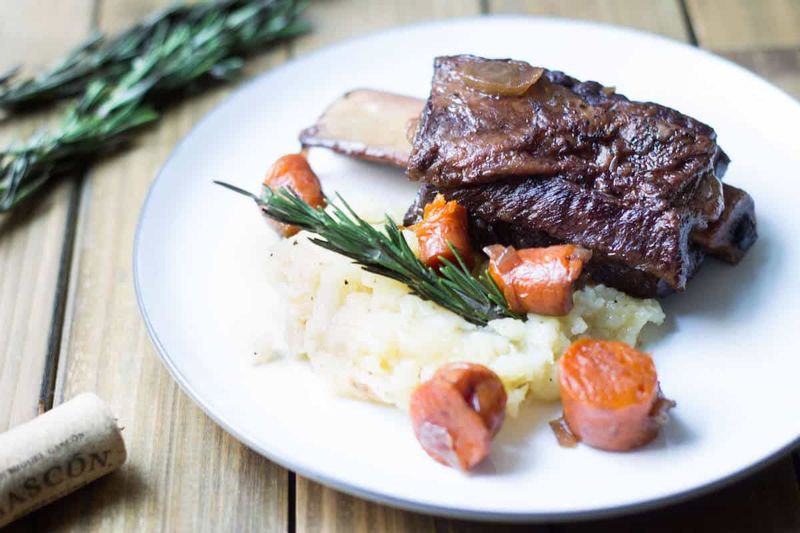
Butchers practically gave away short ribs decades ago! These tough, fatty cuts required long, slow cooking that working families could manage while tending to other tasks. Immigrants brought techniques for transforming these unwanted pieces into tender meals through patience and skill.
Home cooks simmered short ribs with vegetables and whatever seasonings were available, creating hearty stews that stretched the family budget. The collagen-rich meat became fall-apart tender after hours of gentle heat.
Modern chefs discovered that this overlooked cut, when properly braised, develops extraordinary depth of flavor. Now, beautifully plated short ribs grace the menus of Michelin-starred restaurants, often accompanied by reduction sauces that take days to prepare – elevating a budget cut to a gourmet centerpiece.
8. Quinoa
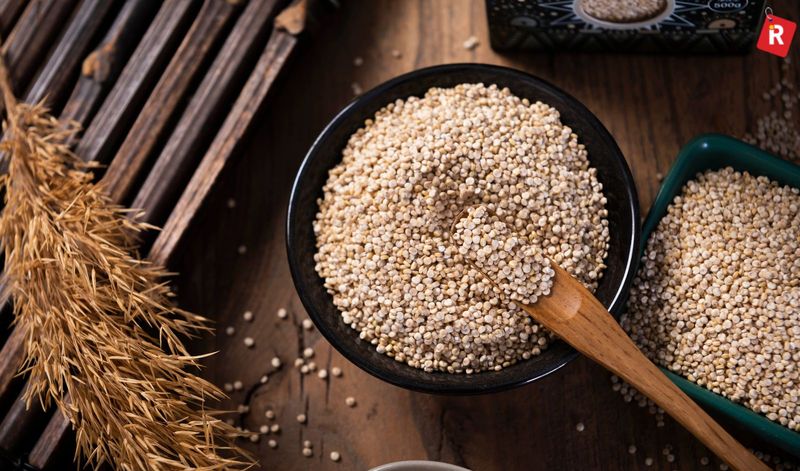
High in the Andes Mountains, indigenous farmers cultivated quinoa as a staple crop for thousands of years. This protein-rich grain thrived in harsh conditions where other crops failed, making it essential for survival in the challenging mountain environment.
Peruvian and Bolivian families relied on this humble seed for daily sustenance, preparing it simply with local herbs and vegetables. Its cultural significance was so profound that it was called the ‘mother grain’ in Quechua.
Western discovery of quinoa’s complete protein profile sent prices soaring, ironically making it unaffordable for the very communities that preserved it. Now featured in $20 power bowls at trendy health cafes, quinoa has transformed from subsistence food to photogenic superfood darling of clean eating influencers worldwide.
9. Ramen
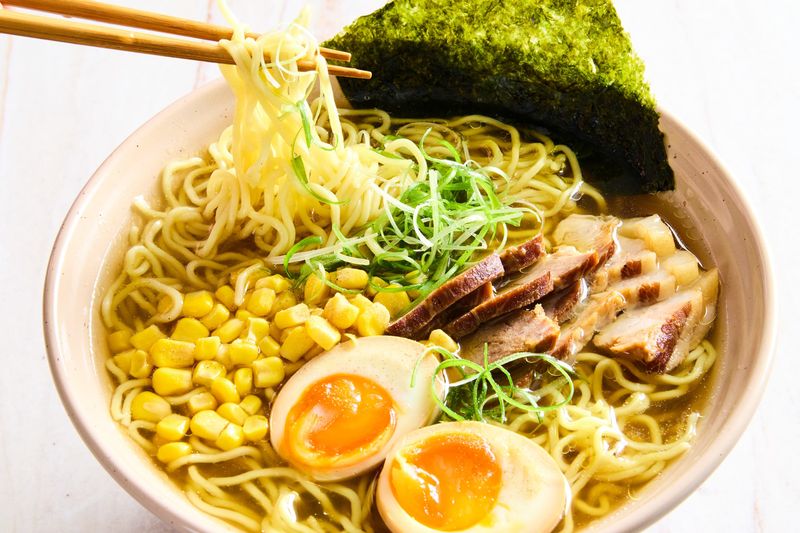
Remember those 25-cent packages that got you through college? Instant ramen was invented in post-war Japan as an affordable food solution, later becoming the ultimate budget meal for students and anyone watching their pennies.
The familiar brick of dried noodles with its foil flavor packet represented the epitome of cheap eating. Many people’s first cooking experience involved boiling water in a microwave for these quick noodles.
Today’s gourmet ramen shops serve bowls starting at $15-20, featuring 18-hour tonkotsu broth, heritage pork belly, soft-boiled eggs marinated in soy and mirin, and hand-pulled noodles with perfect chew. Chefs train for years to master this once-humble dish, with some restaurants earning Michelin stars exclusively for their ramen excellence.
10. Brisket
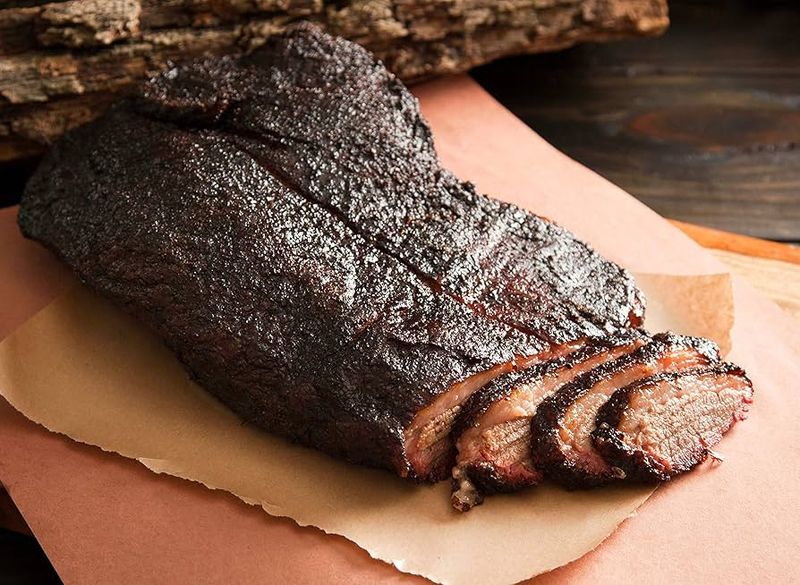
Jewish grandmothers and Texas pitmasters share a secret – brisket’s transformation from necessity to delicacy. This tough chest muscle from cattle was historically among the cheapest cuts available, often rejected by those who could afford better.
Working-class families and immigrants embraced brisket because low, slow cooking methods could tenderize this otherwise tough meat. The patience required became a virtue as techniques were perfected and passed down through generations.
Today, craft barbecue joints command $30+ per pound for perfectly smoked brisket, with lines forming hours before opening. Competition pitmasters spend thousands on specialized smokers, while using secret rubs and wood combinations to achieve the perfect bark, smoke ring, and tenderness that has elevated this former budget cut to the pinnacle of American barbecue.
Leave a comment